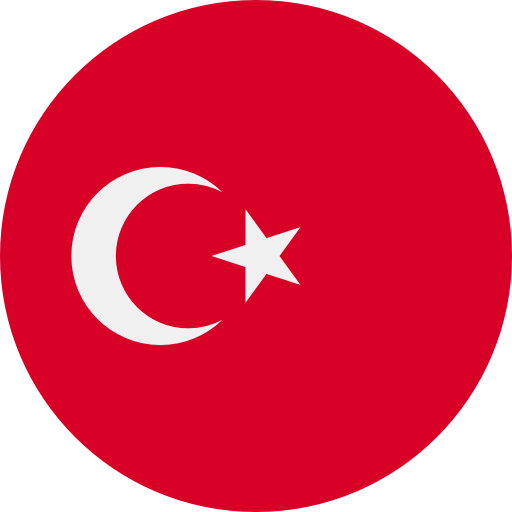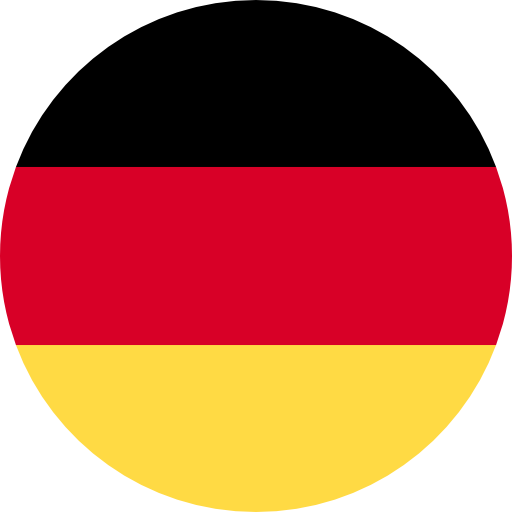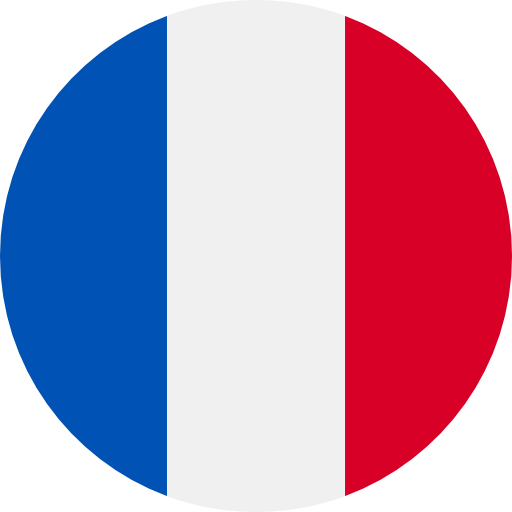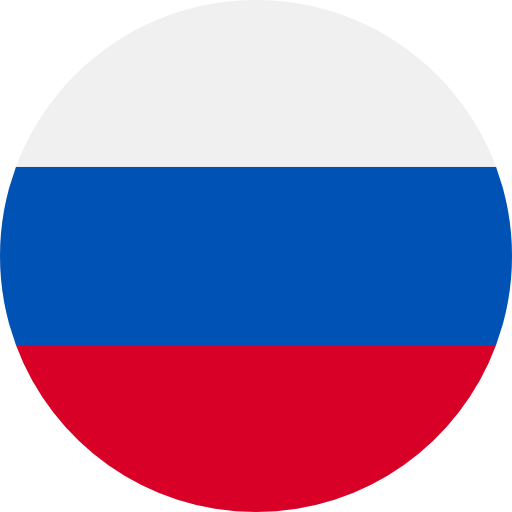
Why use Surface Treatment?
Surface treatment is used to increase the efficiency of all powder and wet paint coatings. Corrosion resistance and adhesion of the paint increase as a result of the correct surface treatment. Problems such as corrosion and blistering in the coating are caused by improper application of pre-preparation. Surface treatment is generally more important than the final coating.
| No matter how good the application painting system is, a long-term protection should not be expected from the paint unless the foreign substances (oil, rust, grease, oxide layer, etc.) on the surface are completely removed, the surface is cleaned and a full contact is achieved between the paint and the surface. Because the foreign substances that will remain between the paint which will be applied and the surface will negatively affect the main properties such as adhesion, hardness, brightness and resistance expected from the paint. |  |
| What are the Advantages of Surface Treatment? • The surface is cleaned from all kinds of oil, rust and dirt. • Thanks to the coating, roughness has occurred on the surface, the surface area has been increased and the conditions required for good adhesion of the paint have been provided. • As a result of small scratches and deformations in the paint film that may occur due to various reasons, the rust that starts from this weak point and can continue under the paint will slow down considerably. • Metal has become more suitable for shaping. • Corrosion resistance has increased with wax and rust preventive oils. • Increased protection resistance and lubricity for moving parts. • Sudden changes between metal and coating due to thermal expansion have been minimized. |
 |
Why Should Degreasing Be Applied?
Degreasing is the first and most important phase of the surface treatment process. There are mineral oils used to stop the reaction with air on the metal. The duty of these oils is to prevent the metal from rusting by cutting off the contact with the oxygen in the air. The same oils make it impossible to phosphating and chromating. Therefore, the material should be free from oil, dirt and rust.
The degreasing process can be applied as wiping, dipping and spraying at a temperature of 50-90 ºC in 5-10 minutes. The materials to be used can be alkaline, acidic or neutral. The system to be applied varies according to the conditions of the metal and the business.
Temperature, time, concentration and system are the parameters to be considered in the degreasing process. Since temperature affects the cleaning quality logarithmically, it is the most important parameter along with the concentration. If the temperature or concentration is low, it can be compensated by extending the treatment time. The hardness of the water also negatively affects the degreasing process. Soft waters should be preferred in general. The life of the bath is directly proportional to the amount of oil and dirt entering. The more oily particles that enter, the shorter the bath life will be. After adding half of the amount of bath components, it is not economical to add, and it is more meaningful to pour and re-establish.
It is easiest to see if there is any oil left on a part in the rinsing bath. If water particles remain on the rinsed piece, it means that the metal has not been degreased completely.
|
What is Phosphating? It can be applied in three ways as iron phosphate, zinc phosphate and manganese phosphate. In general, it can be used before protective oils as under paint. It can be used to coat iron, steel and, in some cases, aluminum and zinc surfaces. Use of dipping and spray is common. Temperature, concentration, time, pH and total-free acid are important points. The reason why phosphating process can be done at 35-98°C for 5-10 minutes and at 3-20% concentrations is the phosphate type and process form. Generally, if a metal reacts with phosphoric acid, it can be implied that it will be phosphate coated. Phosphate coating reaction is considered as an acid-base reaction as a result of melting the metal surface with phosphoric acid. While this melting occurs, an increase of the pH-value is observed. Metallic phosphate becomes insoluble on metal and creates a metallic colored structure. |
 |
Iron Phosphate and Applications
It is the oldest phosphating method. It is the easiest phosphating type to apply, install and control. It is used for materials that are not exposed to corrosion too much (chairs and lighting fixtures etc.). Corrosion resistance is lower than other phosphate types, but more economical. Yellow to red colors, predominantly blue, may occur on the metal. It covers approximately 0,2-1,0 gr / m² on the metal surface. Total acid, pH, temperature and processing time are parameters that need to be controlled.
Iron phosphate in 3 different ways; can be applied by hand wiping, dipping and spraying:
Hand Wipe Iron Phosphate
It works with the familiar dishwashing logic. 1/10 solution is prepared and used with a sponge or brush. At the same time, the metal is degreased and phosphatized. The effect of temperature will be positive. After processing, it is necessary to dry with air or cloth. It is the most economical and simple method. It is suitable for very large parts that may hold water.
Immersion Iron Phosphate
It is a classical method in which temperature, concentration and time are effective. The first stage is a degreasing bath. The degreased material rinses in the second stage. Double rinsing is more suitable in terms of no transport. Since the pH of the first bath is 14 and the pH of the iron phosphate bath is 4-5, the minimum transport process (sludge, pH increase and cost) is necessary for the proper operation. The third stage is iron phosphate. The pieces remain in the iron phosphate bath at 45-55 ºC for 5-10 minutes and become phosphated. Then, after 30-45 seconds in the passivation bath, it becomes paint after drying at maximum 130C. It is recommended to paint the metal parts within the same day after phosphating. Since iron phosphate is a thin coating, there is a risk of rusting within 24 - 48 hours depending on the weather conditions. The point where the corrosion resistance is highest is under the paint.
Spray Iron Phosphate
It is the newest option in which temperature, concentration, pressure and time are effective. Although the initial investment cost is high, it can meet its cost in a short time with quality and less chemical consumption. It can be used after an alkaline degreasing bath or it can be applied by adding neutral degreasing chemicals. It is possible to create a quality phosphate layer in an environment where the temperature is 45-55 ºC, the pressure is 1.5-1.8 bar and the time is minimum 1.5 minutes. If alkaline cleaning method is not used, both can be used together by entering chemicals with degreasing effect into the iron phosphate bath. Bath options and cleaning methods vary according to the operating conditions. Phosphated parts become to be painted after passivation and drying at maximum 130ºC.
Zinc Phosphate and Its Applications
It is generally used in conditions that require long term corrosion resistance. It is the type of coating used by almost all automotive and sub-industries. It is suitable for outdoor and salty weather conditions. Coating quality is higher compared to iron phosphate. When used as under paint, it forms a coating of 2-5 gr / m² on the metal. Zinc phosphate requires more processing steps than other applications. It is more difficult and more costly to implement, install and control. It can be applied by dipping and spraying. It is used as tri-cation, di-cation and mono-cation in under dye applications.
|
Additives such as nickel, manganese and organic compounds are added to phosphate baths to speed up the coating form, improve crystalline shapes and increase their performance. Activation before zinc phosphate bath can also be used to shrink phosphate crystals. Zinc phosphate is a coating formed as a result of precipitation in amorphous structure. It occurs in gray-black colors. Accelerators and pH regulators can also be added to speed up the reaction. The parameters to be considered are temperature, time, concentration, pH value and total and free acid values. It is also necessary to check the point if an accelerator is used. |
 |
Zinc phosphates with a coating thickness of 7-15 gr / m² are used as a carrier layer for lubrication in cold forming. It is used for pipe drawing, wire drawing and cold pressing. Phosphated metal is made ready for the next process with protective oil and soaps. In thick zinc phosphate, the coating thickness is 10-40 g / m². Corrosion resistance is provided by dipping in protective oil.
Zinc phosphate baths are generally baths that produce sludge. The sludge accumulated under the bath should be removed and the bath should be cleaned and reinstalled at certain intervals or it should be supported with a decantation system. If the bathroom floor is conical, mud accumulation will not affect the added material much.
Dip Zinc Phosphate
It requires at least three process baths. In addition, if acid and activation baths are installed, it can reach 7-10 bath numbers together with rinsing baths. If there is rust on the material, an acid bath should definitely be used. Phosphating the metal that is free of scale and rust in an acid bath in a clean state will affect the quality positively. It is important to change the rinsing bath frequently. If the amount of transport is excessive, the balance of the zinc phosphate bath will be adversely affected. If zinc phosphate is fine crystalline, it may not require activation. Otherwise, it must be passed through the activation bath. The activation baths are arranged with air mixing to ensure that the bath is homogeneous. The coating on the surface of metal parts passing through the bath prepared in this way becomes homogeneous and fine crystalline. The reaction time is shortened. The material remaining in the zinc phosphate bath for 5-10 minutes is processed in the passivation bath for 30-45 seconds and is taken to dry. Zinc phosphate bath can be a single component according to its properties or it can be in three components together with pH regulators and accelerators. In wire and pipe drawing operations, the parts entering the soap bath become ready for drawing.
Spray Zinc Phosphate
Generally, it shows similar properties to immersion baths. Its points of departure are concentration, time and pressure factors. Processing time and concentration are less. It is processed at a pressure of approximately 1.5 - 1.8 bar. Since there is no degreasing effect in the bath like iron phosphate, the metal is generally cleaned by passing through an alkaline degreasing bath. The material passing through the activation bath remains in the zinc phosphate bath for a minimum of 1.5 minutes. Then it ends with passivation and drying processes. Especially the conical bottom of the zinc phosphate bath will minimize the problems arising from the phosphate mud.
Why Is Passivation Used?
It is applied in the last stage of passivation phosphate baths. It has two types, with or without chromium. It is used in concentrations between 0.1-0.3% at room temperature. The phosphate film coming out of the phosphating bath is not homogeneous on the surface. Passivation will make the phosphate homogeneous and minimize the amount of air that can remain under the paint. Chromic acid reaching the layer under the phosphate provides extra corrosion resistance. In addition, when anions and cations from water combine with the humidity of the air, they form salt. Since the paint is a permeable layer, these salts will dissolve with the humidity of the air and cause tearing and swelling in the paint. Passivation prevents this formation by removing anions and cations from the water. Phosphated metals can be damaged if they wait too long in the passivation bath. The reason is that chromic acid corrodes phosphate crystals.
Manganese Phosphate and Applications
Manganese phosphate acts as a layer on the metal surface. It is widely used in gear, piston and weapon industries due to its oil absorption and long-term retention properties. It facilitates the sliding of moving machine parts working in oily environments. It reduces the friction between metals. It has a structure that is more resistant to pressure and temperature than zinc phosphate.
| It can only be applied on degreased parts as in other processes. An activation bath is required. Temperature, time, concentration, free and total acid values are parameters to be considered. 70-98ºC temperature, 15-20% concentration and 5-20 minutes dipping time are the required intervals for the application. It is in gray-black color and a coating thickness of 4-40 gr / m². It cannot be used under paint. |  |
Aluminum Chromate and Applications
Similar to the phosphate process applied on iron and steel materials, it is called chromating for aluminum. It is possible to coat yellow, green and transparent chromate colors. It coats as yellow chromate Cr + 6, green and transparent chromate Cr + 3. The coating thickness can be between 0.4 and 1.5 gr / m² depending on the time and type. Drying temperature should not exceed 65 Cº for yellow, 85 Cº for green and transparent chromate.
Another point that needs attention is that there is no oil on the metal material and it is properly abraded. If hot degreasing is used, a dilute caustic bath can be used to erode, followed by a nitric acid bath to neutralize. If acidic degreasing is used, etching process is also performed in the same bath. The adhesion of both chromate and paint will be better on the degreased and corroded aluminum material.





